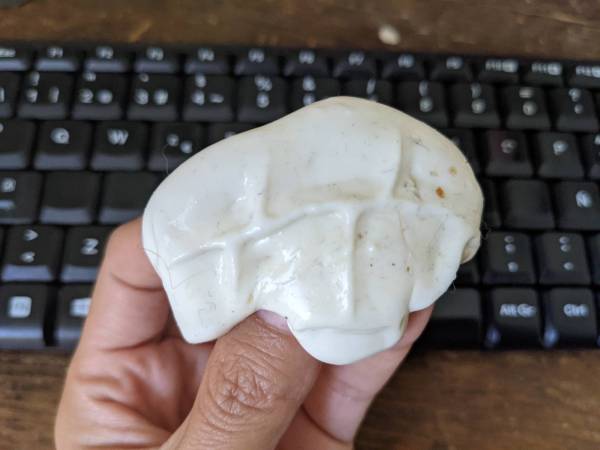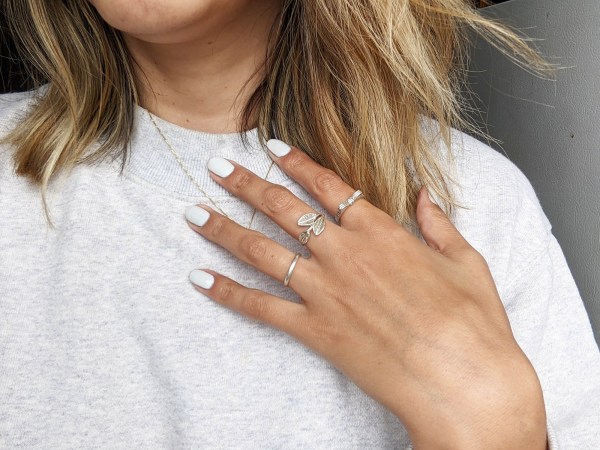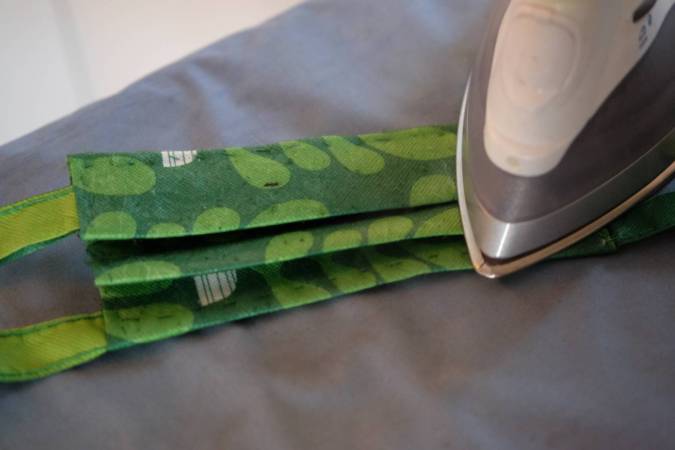

There’s nothing that can dampen the joy of moving into a new place quite like the strong, unwanted smell of someone else’s pets. That’s what we were up against when we recently moved into a new home after the previous owners—and their cat and two large-breed dogs—vacated the premises. But with some know-how, a bit of research, and good ol’ trial and error, we managed to freshen up our place. Now, what we learned can help you avoid some of the worst parts of this potentially arduous job.
Identify any source of that unpleasant, unwanted smell
For best results, do this the instant you come in from outside with a fresh nose, before so-called nose blindness, aka olfactory fatigue, sets in, so you’re more attuned to what the house smells like and can identify exactly where those smells are coming from.
If you have an idea of where the previous homeowners’ pets used to spend most of their time, head straight to those areas first. Other good places to examine include carpets, curtains, vents, and heaters. These places tend to not only absorb odors, but also trap smelly animal hair.
Decide what to get rid of and what to clean
As you examine every room in the home, take notes of what you find and decide whether the source of the smell is something you plan to remove or replace (like a carpet or curtains), or deep-clean (like baseboards, heaters, and doors).
In our case, we knew we were moving into a place with older carpets installed over intact hardwood floors, so we ripped out all the carpets before moving any of our belongings inside. We also removed every curtain and rug the previous owners left behind.
Taking these items out of the space the day we got the keys to the house helped us immediately eliminate the most powerful—and obvious—sources of the pet smell.
[Related: What you need to know when adopting a puppy]
If the home you’re moving into has stinky carpets that are in otherwise good condition and you want to get rid of dog smell from your carpet, experts recommend using an enzymatic detergent, which uses proteins to break down the uric acid that makes canine urine smell so awful. Before doing so, it’s best to read the product instructions and test it out on a small area of your carpet.
Air out and freshen up the whole house
Before you do anything, open all the windows to fill your home with fresh air. Because the pet smell in our new house was so pungent, we ended up airing it out over about 10 days, until, finally, pet odor wasn’t the first thing we noticed when we came inside.
Do a general deep cleaning of your home
One of the most important tasks when moving to a home with a strong pet smell is to do a deep cleaning of every area inside. If you can, do this before you move all your belongings in so you have unobstructed access to every inch of the house.
Wipe down all surfaces
And we mean all surfaces, including places you might not think of, like your walls, baseboards, door frames, doors, windowsills, cabinets, the underside of the doors.
Vacuum, mop, and sweep everywhere
Don’t forget overlooked places like:
- On, under, and inside cabinets
- The underside of doors
- Inside vents
- Hard-to-reach spots like behind or underneath large appliances like your dishwasher, fridge, stove, washer, and dryer
- Inside your heaters
Keep in mind that a basic household vacuum may not be up to the job. We bought a shop vacuum for cleaning up after our home repair projects, and it’s been one of the best investments we have made for suctioning out pet hair from the depths of our home.
When you’re ready to start mopping your place, use vinegar instead of a regular floor cleaner. The vinegar will work to neutralize odors and also remove any dust before you do a second round of cleaning with your preferred floor cleaner (if you don’t have a favorite, Popular Science has reviewed several).
Pinpoint trouble spots and give them an even deeper cleaning
For us, the area where the most pungent pet smell seemed to linger the longest—even after we’d aired out the home, used air freshener, and cleaned every surface—was our laundry room.
At first, we tried using scented candles to banish the smell, but after days of this approach, we realized the source of the smell must still be present within the room, not simply in the air.
[Related: How (and why) to clean your dryer vent]
After a brief investigation, we found the washing machine was filled with pet hair lodged deep in every nook and cranny. This debris was also affecting the machine’s ability to clean our clothes—they didn’t end up absorbing any pet odor, but they definitely weren’t coming out smelling fresh and clean.
After searching for DIY solutions, what ultimately helped us kill the overwhelming odor in this part of our home was:
- Using a combination of disinfecting wipes and cotton swabs to remove the pet hair from all the crevices on top of, underneath, behind, and deep within the washing machine.
- Wiping down the machine with a lightly vinegar-soaked microfiber cloth after extracting as much pet hair as possible.
- Filling a completely empty washing machine with hot water, then adding a quart of bleach and running the machine for a couple of minutes to let the bleach mix around. Next, we opened the machine to air it out for a full hour before letting the machine complete its full cycle. Then, we followed these same steps one more time before the machine finally had a sterile, clean-smelling odor.
Don’t forget to clean spaces that are connected to the main part of your home
Satellite spaces like your garage, attic, basement, and screened-in porch may have also absorbed unwanted pet odor, and you risk letting the same bad smells seep back in each time you open the doors that separate them from the main part of your home.
Be prepared to keep cleaning
Keep in mind that it may take multiple rounds of intense cleaning sessions throughout your entire home before you stop encountering stray pet hairs, which will naturally be a source of pet smell.
If you need to stock up on supplies, PopSci has reviewed a number of potentially helpful products and tools, including cleaning products, vacuums, mops, and brooms.
Paint your house and stain your floors
If you still notice pet odor after you’ve exhausted all of the options above, it may be because your home’s floors and walls have absorbed the smell.
That was the case for us, and what really helped us eliminate every last bit of the once overpowering pet smell in our home was painting the entire house and staining all of the hardwood floors.
How to keep things smelling pleasant going forward
For ongoing maintenance of our now pet-odor-free home, we use plugin air fresheners throughout the house, so these inviting fragrances are the first thing we smell when we walk into any room. If that’s not your thing, there are natural air-freshening alternatives, such as fragrant houseplants like geraniums and jasmine. But, sadly, unlike researchers had previously thought, indoor plants are not viable natural air purifiers. We also bought Levoit air purifiers for our home, which can be upgraded from standard air filters to more advanced pet allergy filters designed to combat pet odors, should we ever have any furry additions to our family in the future. After all, we’d rather not burden ourselves with the same problem all over again.















